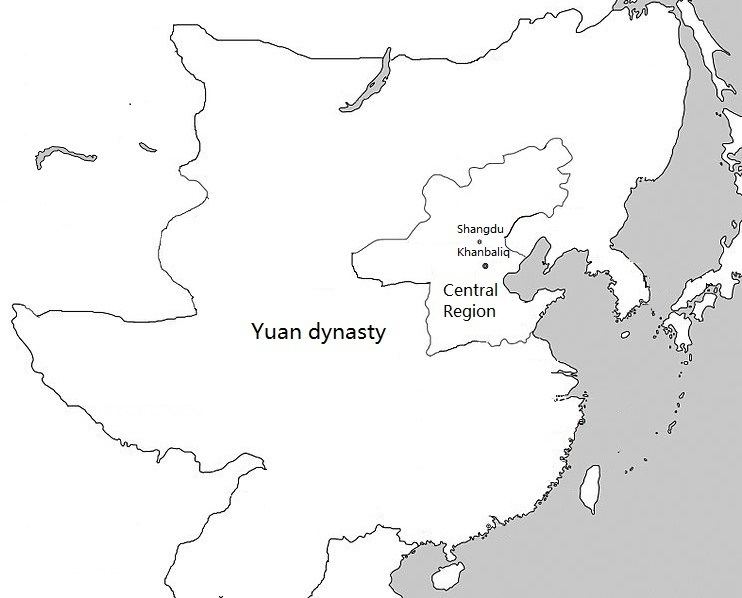Traditional Chinese 中書省 Hanyu Pinyin | Simplified Chinese 中书省 Wade–Giles Chung-shu sheng | |
 | ||
Literal meaning Inner (or privy) secretary's department | ||
Zhongshu Sheng, commonly translated as the Secretariat, Central Secretariat or Imperial Secretariat, was one department in the Three Departments and Six Ministries government structure officially established since the Sui dynasty in the history of China. As one of the three departments, it was the main policy-formulating agency that was responsible for proposing and drafting all imperial decrees. The Song dynasty modified that tripartite division of executive agencies in the central government. Under the Song, as also under the Liao and Jin dynasties, those organs exercised much of the executive authority for the emperor.
Under the Mongol Yuan dynasty, the Central Secretariat with enlarged functions stood along as the sole organ to lead the civil administration in the Yuan realm, as the Yuan founder Kublai Khan wanted a centralized executive agency that took charge of all civil governing affairs throughout the empire. Models for it had long been part of Chinese imperial government, but now it was to function in a new context. The Central Secretariat also directly governed a large territory surrounding the Yuan capital Khanbaliq (modern Beijing) known as the Central Region (腹裏, fuli), including the present-day Hebei, Shandong, Shanxi, the south-eastern part of present-day Inner Mongolia and the Henan areas to the north of the Yellow River (initially also the Mongolian steppe). Branch Secretariats (行中書省) were set up throughout the empire and were subordinated to the Central Secretariat. Branch Secretariats gradually became provincial-level administrative organizations or institutions known simply as the provinces (行省), though they were not exactly provinces in modern sense. There were 11 "regular" provinces in the Yuan dynasty. The Yuan Central Secretariat was adopted by the early Ming dynasty, and the Central Secretariat was led by the Chancellor of China, although unlike the Yuan it did not directly control the Central Region. It was eventually abolished after the last Chancellor Hu Weiyong was killed by Hongwu Emperor, the first emperor of the Ming, who later established the Grand Secretariat. The Central Secretariat was no longer set up again by later rulers of China, and the Three Departments and Six Ministries structure was officially replaced by the Six Ministries structure.
